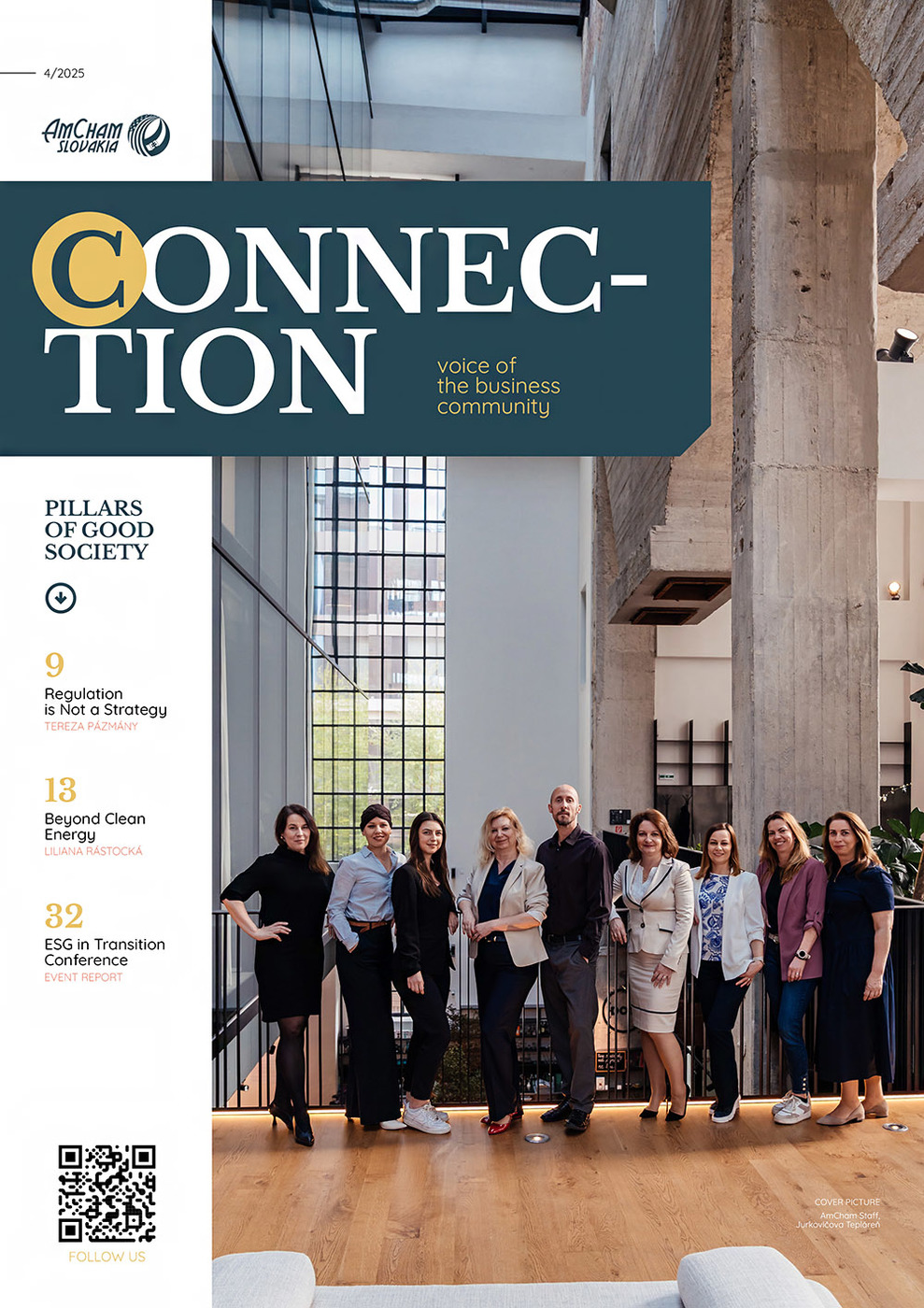As data from the European Union Statistics on Income and Living Conditions (EU‑SILC) show, labor market participation among persons with disabilities across Europe remains substantially lower than among those without disabilities. Managers may underestimate the size of this talent pool when recruiting. In 2023, 26.8% of the EU population aged 16 and over had some form of disability—about 101 million people, or one in four adults across the EU. According to Eurostat data for 2023, in Slovakia 32.9% of women and 28.0% of men reported a disability.
Lower employment rates among people with disabilities often stem from employers’ misconceptions about work capabilities. Research shows the opposite: when companies build disability knowledge and align individual strengths with organizational needs, they gain significant competitive advantages.
A recent analysis by Griffiths et al. (2024) examined hundreds of millions of job postings against skills commonly associated with autistic individuals—particularly visual skills, attention to detail, and systemizing abilities. Using real-time U.S. labor market data, the researchers found these strengths map directly to high-demand, automation-resistant STEM roles. Companies tapping this talent pool gain pipeline advantages in quality, speed, and reliability for complex work. Autistic individuals are just one example of untapped potential. Across all disability types, strategic inclusive recruitment and tailored workplace supports create better job matches, which research consistently shows drive higher productivity and help organizations outpace competitors in meeting evolving market demands. The business case is compelling: companies that lead in disability inclusion achieve 1.6x more revenue, 2.6x more net income, and 2x more economic profit than their peers, while also reducing turnover by up to 30% (Accenture, Disability:IN; 2023).
Autistic individuals are just one example of untapped potential. Across all disability types, strategic inclusive recruitment and tailored workplace supports create better job matches, which research consistently shows drive higher productivity and help organizations outpace competitors in meeting evolving market demands. The business case is compelling: companies that lead in disability inclusion achieve 1.6x more revenue, 2.6x more net income, and 2x more economic profit than their peers, while also reducing turnover by up to 30% (Accenture, Disability:IN; 2023).
Beyond traditional DEI training, employers need hands-on experience to build confidence in disability employment. Here are some practical actions:
Start with internships for transition-age candidates
Internships offer an ideal entry point for employers new to disability hiring. Programs established with community partners come with built-in educational support systems, allowing employers to test roles while receiving guidance from more experienced professionals. This minimizes risk and helps build confidence in inclusive recruitment practices.
The business need is significant: young people aged 15–29 with disabilities are up to five times more likely to be NEET (not in employment, education, or training) compared to peers without disabilities. Slovakia lacks a comprehensive vocational rehabilitation system, with limited systematic actions to increase employment of people with disabilities in the competitive labor market. However, research in the U. S. shows that youth receiving vocational services by age 14 achieve better long-term employment outcomes, making internships a strategic investment in developing future workforce pipelines.
Establish transparent accommodation request processes
Accommodations related to disability needs are critical for job retention. Creating clear procedures for requesting workplace adjustments benefits the entire organization. Research shows that candidates with invisible disabilities often struggle to disclose their accommodation needs because they fear negative effects on their careers or job security. However, avoiding needed accommodations can lead to long-term underperformance and worsening health conditions.
In a broader context, disabilities frequently develop or change throughout careers. Conditions such as arthritis, diabetes, hearing loss, or mental health challenges can emerge gradually or suddenly. As the workforce in Slovakia ages, the probability of having employees with disabilities naturally increases. An employee hired without accommodation needs today may require support tomorrow due to injury, illness, or age-related changes.
Importantly, accommodation requests are not exclusive to employees with disabilities. For example, flexible schedules, ergonomic equipment, or quiet workspaces benefit all employees—those with caregiving responsibilities, roles that require extra focus, or anyone recovering from temporary conditions. This universality is reflected in costs: accommodating employees with disabilities requires no more investment than other workplace adjustments. Recent data from the Job Accommodation Network’s survey of 1,059 employers (2019–2023) show that 56% of accommodations cost nothing, 37% involve a one-time median cost of $300, and only 7% require ongoing annual expenses averaging $1,925. These modest costs typically deliver strong returns in retention and productivity.
Assistive technologies
Many accommodation requests can be addressed through assistive technologies (AT), which the World Health Organization defines as an umbrella term for assistive products and their related systems and services. Assistive products help maintain or improve an individual’s functioning in cognition, communication, hearing, mobility, self-care, and vision, thereby supporting health, well-being, inclusion, and participation.
However, not every AT implementation succeeds. Research reports abandonment rates ranging from approximately 19% to 78%, with one study finding that 29.3% of devices are completely abandoned, often within the first year of use. High abandonment undermines outcomes and wastes resources devoted to selection, procurement, and training.
Successful AT use depends not only on the device itself but also on appropriate support services, including collaborative, person-centered communication that aligns functional needs with user preferences. Key factors for successful workplace AT implementation include user involvement in selection, proper training and ongoing support, an understanding of evolving needs as disabilities and job requirements change over time, and integration with existing systems. AT must work with workplace technology and processes.
Anna Podlesná, CSR manager, Alma Career Slovakia



Follow us